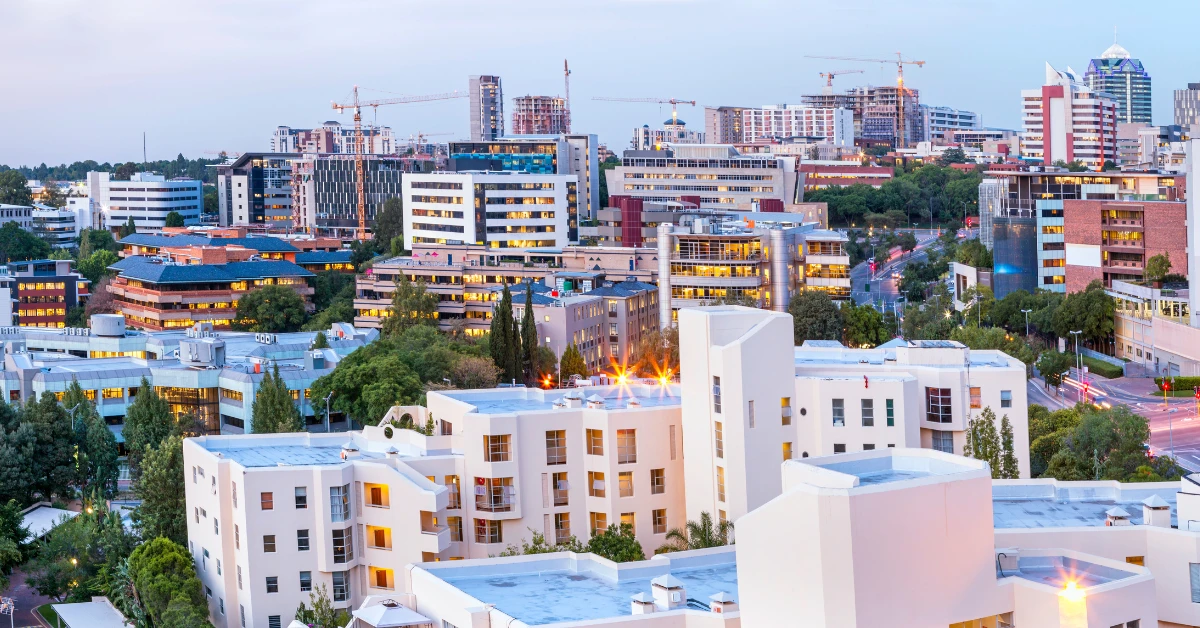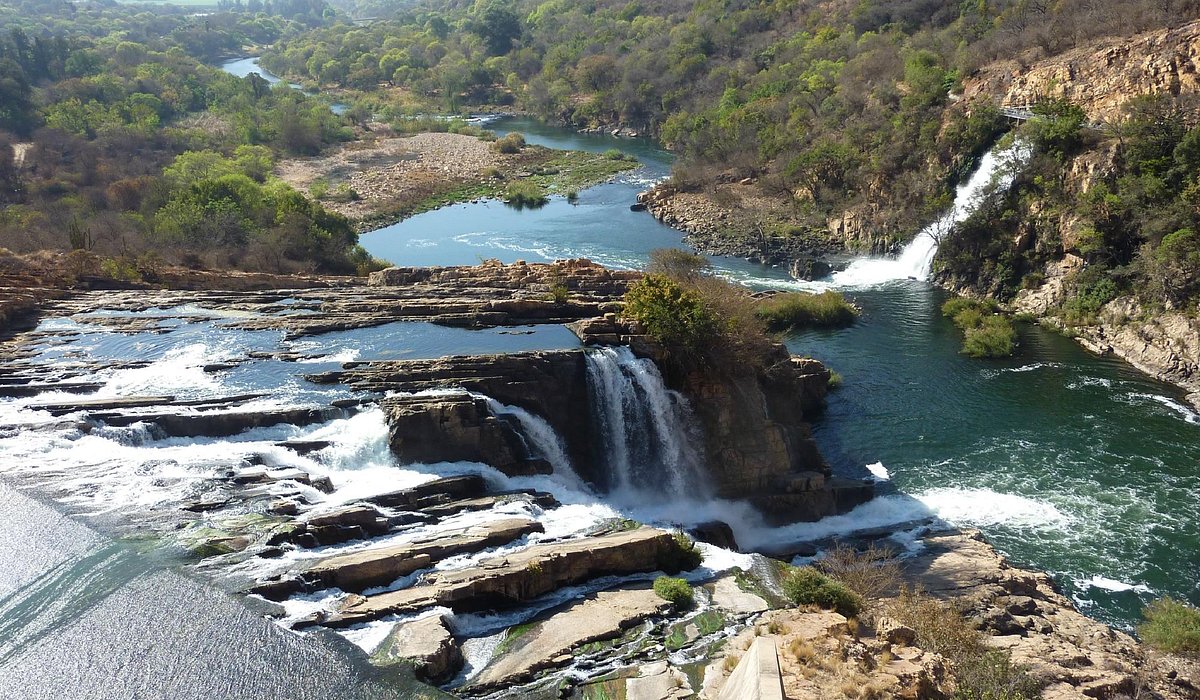Top Guidelines Of Johannesburg North Attractions
Top Guidelines Of Johannesburg North Attractions
Blog Article
Johannesburg North Attractions Fundamentals Explained
Table of ContentsThe 3-Minute Rule for Johannesburg North AttractionsThe Best Guide To Johannesburg North AttractionsThe Ultimate Guide To Johannesburg North AttractionsThe Buzz on Johannesburg North AttractionsThe 45-Second Trick For Johannesburg North AttractionsThe Best Strategy To Use For Johannesburg North Attractions
Quickly prior to Christmas 1898, a boilermaker from Lancashire, Thomas Edgar, ended up being involved in a drunken quarrel with an uitlander neighbour. While withstanding arrest, Edgar was shot dead by a Z. A. R. cop. The police officer was charged with murder however the district attorney decreased the cost to homicide and released the charged on bond.. R. Johannesburg North attractions. In an effort to soothe the scenario, Smuts sought to strike an offer with the mining firms. The sharp Cambridge-trained legal representative welcomed Percy FitzPatrick (that was to acquire popularity as the author of Jock of the Bushveld, released in 1907) to work as the principal mediator for the mining residences
A. R. loomed. Johannesburg, c. 1900 (www.geheugenvannederland.nl) When Johannesburg was established in 1886, public education and learning in the Z. A. R. was managed by the Education Law of 1882. The earlier Education Law of 1874 had actually supplied that federal government institutions in the Z. A. R. (only a handful of such colleges was in presence) were to be non-denominational and that instruction was to be in Dutch or English, at the will of parents.
In 1886, Pope Leo XIII made up the Transvaal an independent prefecture under the territory of the Rt Revd Odilon Monginoux of the Oblates of Mary Spotless, who was the very first Prefect Apostolic of the Transvaal. On 20 July 1886, Fr John de Lacy O. M. I. saw the Rand. He related to the government for a piece of land large enough to accommodate a church, a school and homes for the instructors.
Not known Facts About Johannesburg North Attractions
The college moved to Doornfontein in 1895, and became called the East End Convent. In 1905, the Holy Household sisters additionally founded Parktown Convent College (currently Holy Family College). On 2 November 1887, Miss Frances Buckland began instructing in a residence on the corner of Jeppe and Rissik roads.
On the other hand, on 11 June 1887, the Revd John Thomas Darragh, the initial Anglican priest to be pointed on the Rand, had gotten here from Kimberley. A mammoth tome on the history of Christianity in Africa observes briefly: 'The Anglican community at Kimberley was lucky to have as its leader J. T.
He had actually won a scholarship to The Royal School, Armagh, whence he had actually gone up to Trinity College, Dublin, as a Structure Scholar. Here he had identified himself, being Classical Hebrew and Divinity Prizeman, and had ended up being an Other of Trinity University. He was ordained in 1880, and ended up being curate of All Saints, Grangegorman, County Dublin.

He was an energetic and enterprising male that quickly plunged himself heart and soul right into the life of the expanding and busy mining neighborhood. It was not only the Anglican that obtained benefit, for Darragh functioned unstintingly among all industries of the village. For instance, the little community of Greek Orthodox settlers in Johannesburg had no archimandrite, therefore approached Darragh to carry out marriage and baptismal ceremonies.
The 7-Minute Rule for Johannesburg North Attractions
(www.eggsa.org) Around read more the same time, the Revd Mr Darragh brought right into existence St Mary's Institution for Boys, which was established as a choir institution for St Mary's Church. The beginnings of St John's College can be traced back to this college. The very first headmaster of St Mary's School for Boys was Mr F.
The school was examined by the Z. A. R - Johannesburg North attractions. education authorities at the end of 1888. The examination was passed with flying colours, especially in regard of the standard pertaining to the teaching of Dutch, as an outcome of which the school got a 'really liberal grant' from the state
Fascination About Johannesburg North Attractions
Marist Brothers' College obtained such a good credibility that some authorities of the staunchly Protestant Z. A. R. federal government registered their kids as pupils at this Catholic school. Throughout the Anglo-Boer South African Battle (1899-1902), the school's enrolment dropped, yet by 1905 numbers were back to 500 and the institution was advertising the fact that it had 'enough stabling for students' equines'.
In 1892, the Superintendent of Education, Dr N. Mansvelt, compiled a report in which he mentioned that some instructors in the Transvaal could not spell words 'Pretoria' and 'Potchefstroom', and did not recognize the distinction between a noun and an adjective. In the very same year, the Education Law was modified to supply that all instructors in institutions getting federal government subsidies needed to be members of a Protestant church; institutions also can not get aids in respect of Jewish and Catholic students.

The Main Principles Of Johannesburg North Attractions
On 7 March and 9 April 1892, the Revd Mr Darragh sent out letters to the State Secretary, Dr W. J. Leyds, in which he specified that the previous Superintendent of Education, Ds S. J. du Toit, had actually taken on in 1888 that English-medium institutions such as St Mary's and St Michael's that likewise provided guideline in Dutch would qualify for state a knockout post aids.
Members of the view publisher site W. C. E.'s board consisted of Sir Lionel Phillips and Sir Abe Bailey. The W. C. E.'s items were to promote primary education 'matched to all citizenships and creeds' and to counter the special use Dutch as tool of guideline in state-supported institutions. In October 1895, the W.
The Johannesburg North Attractions Statements
Robinson estimated that 2,000 out of 6,500 white youngsters of school-going age were not going to school. By 1897-'98, less than fifty white children in the whole Z. A. R. were in or over Typical VI. By the end of 1896, the W. C. E. had actually obtained ownership of 3 schools, and had assumed control of and monetary responsibility for 3 other schools.
St Cyprian's was initially granted a state aid, but this was terminated when a federal government inspection revealed that the school had many coloured and 'native' boys amongst its students, sharing workdesks with white children. Regardless of the withdrawal of the subsidy, the school managed to make it through.
After the Battle, it was resumed and run by Siblings of the Culture of St Margaret (colloquially called the East Grinstead Siblings, with referral to their convent in East Grinstead, Sussex). Unalarmed by the contretemps with the authorities concerning St Cyprian's and its aid, Darragh started Willpower School in November 1891.

Report this page